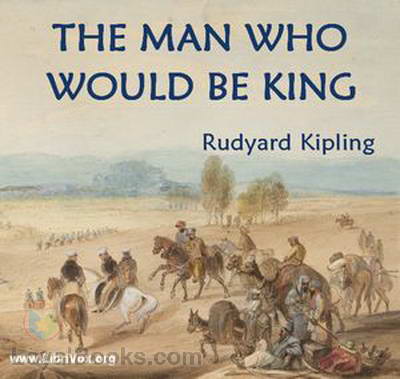

These two men represent a breed who have come to India to look for plunder but who have found to their disappointment that it is no longer possible to make a fortune in the tame lands under British rule.

The precision with which the dreary place is described establishes the narrator's claim to be an accurate reporter not only of items in his paper but also of the character and appearance of Dravot and Carnehan. Kipling's account of the red-bearded man's last public appearance is realistic whether we accept Peachy's story or challenge it as a product of his hallucinated state.Įarly in the story Kipling gives a vivid account of the newspaper office where the narrator works, detailing the frantic rush to meet deadlines and the hours of enervating boredom, the demands by strange ladies to have visiting cards printed, and the repeated appeals for work from "every dissolute ruffian" who passes by.


His blend of realism and fable is powerfully illustrated in the story's finale when the crucified Peachy displays Dravot's head, its withered, blind-eyed grimace symbolizing the blindness that destroyed the would-be king. By presenting divergent accounts of the exotic East, that of the jaded newspaper reporter and that of the romanticists Dravot and Carnehan, Kipling disturbs conventional attitudes toward colonial India. The sophisticated and skeptical narrator provides a frame of reference for the reader by knitting together the exotic and the familiar. "The Man Who Would be King" works on different levels, combining a tale of adventure with a realistic frame story. These early stories offer strikingly ironic pictures of British India and of the cultural divisions between the colonial rulers and their subjects. Early readers like Henry James and Edmund Gosse admired his portraits of ordinary soldiers, whom he depicted with keen psychological insight. "The Man Who Would Be King," collected in Under the Deodars in 1888, is one of his best early stories, illustrating the skill with which he transformed apparently simple tales into multileveled fictions. Rudyard Kipling achieved an artistic coherence in his short stories that he never attained in his longer episodic fiction.


 0 kommentar(er)
0 kommentar(er)
